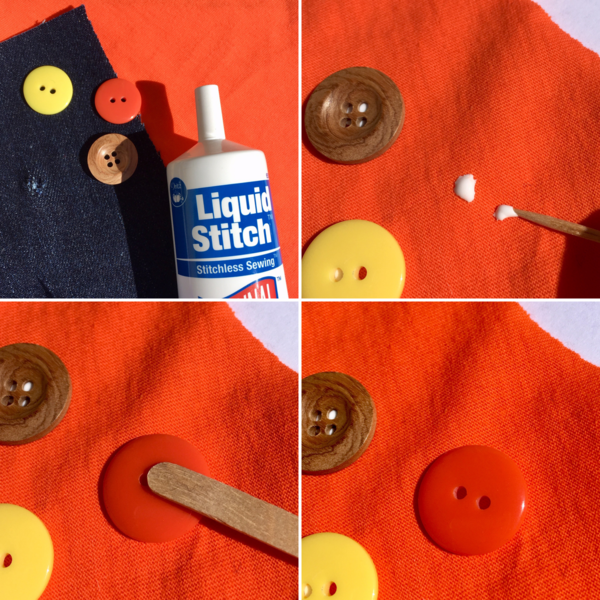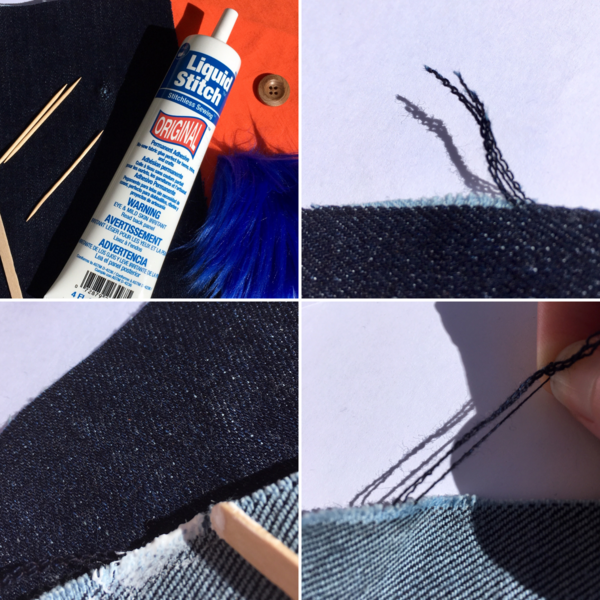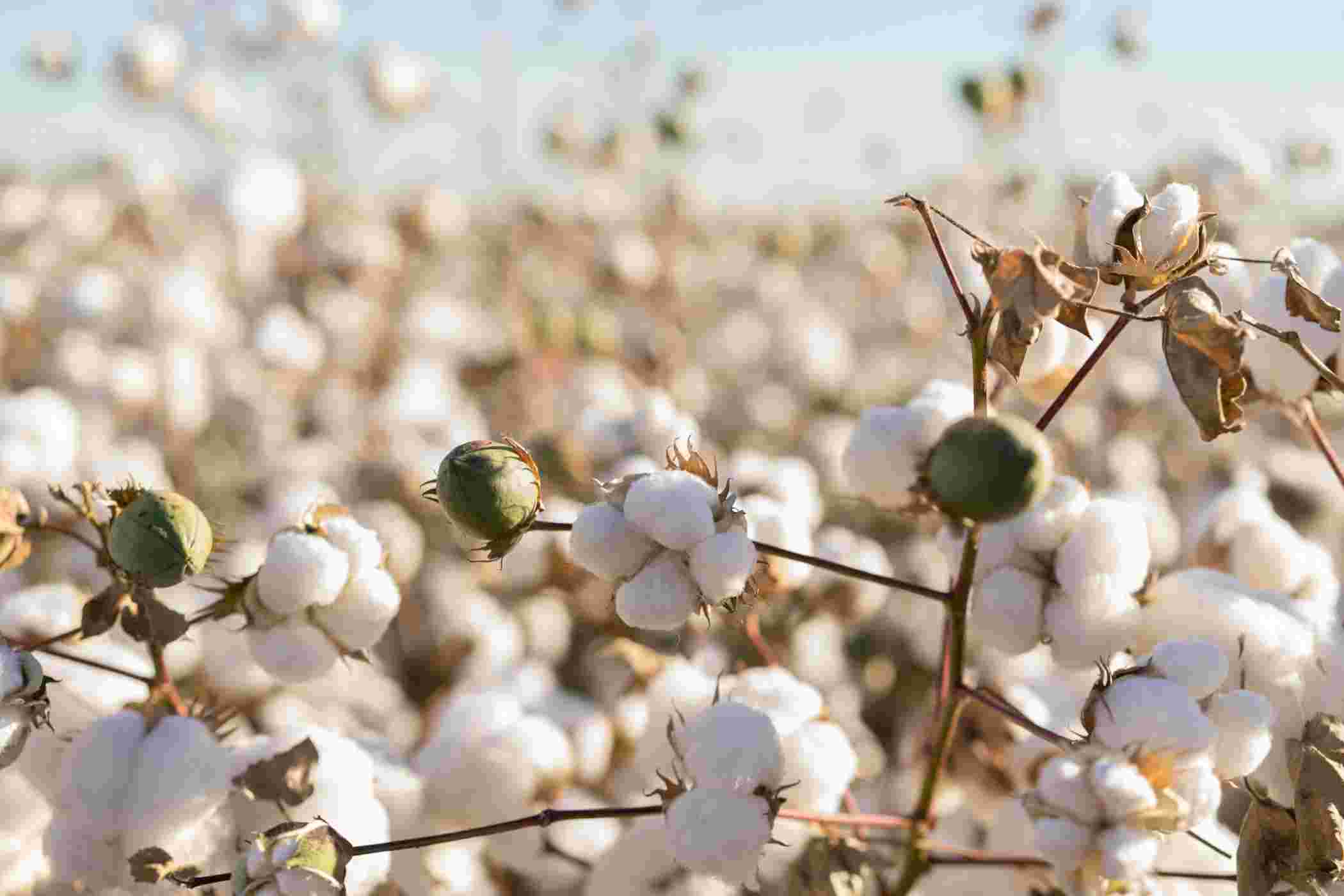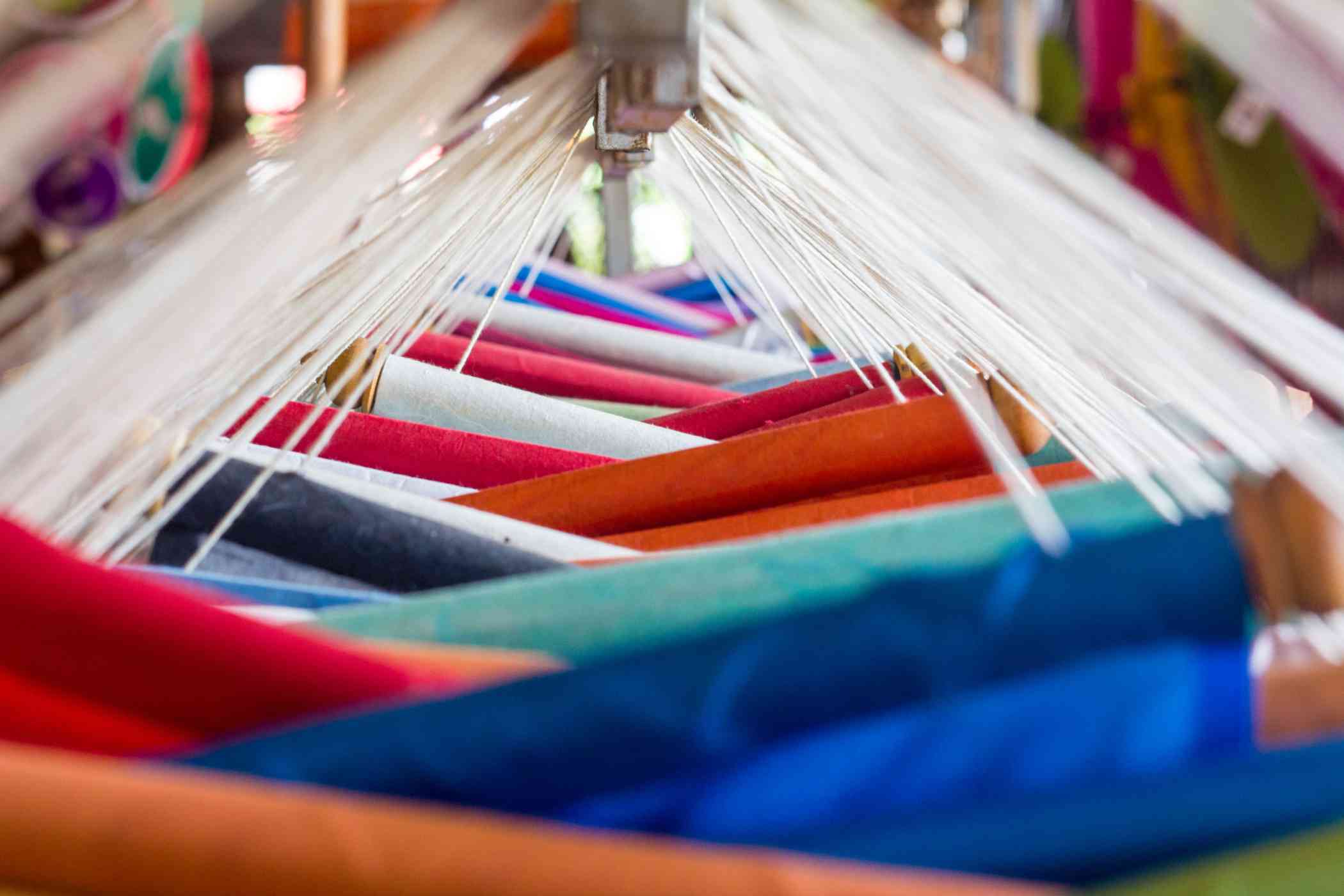Liquid Stitch or Sewing: When To Use Either Method for Fixing Clothes?



A Typical Day in the Life of a Designer
Designing clothes and seeing them come to life has to be one of the most rewarding experiences in life.
Pouring in hours to get the right design, sometimes even burning the midnight oil, painstakingly putting the elements together – a designer is aware of all the hard work and range of emotions involved. And just when the garment is complete, imagine seeing an unsightly tear.
Indeed, not the best of situations to be in!
But ask any designer, and they will tell you, heartbreaking as it may be, this isn’t an uncommon situation. What does one do then?
Of course, fix it, and do it stylishly. That is the creativity that makes working with apparel such a joy. There is no one way to resolve a problem, yet there is always a way to do so.
A small rip, a large hole, frayed edges, open seams, old fabric tearing up – the list of situations a designer needs to deal with may go on and on. What matters, though, is how does one address these issues?
Undoubtedly, creativity plays a significant role here. Covering that rip with a stylish new thread pattern or hiding that hole behind an embellishment is all about working with what one has.
However, having tried and tested tools to handle such situations is equally important apart from creativity. Every designer worth their talent knows the importance of standard methods of fixing these issues.
Be it clipping the loose threads, re-stitching split seams, patches, or appliqueing to cover unsightly holes or darning; all designers have tried these methods at one point or another. As much as these methods are helpful, they also need extra effort and time. Yet, the risk of an imperfect appearance if not done correctly remains. This point is where fabric glue like Liquid Stitch comes in handy.
Liquid Stitch vs. Sewing – Which is Better?

A quick, clean, no-sew solution to some of the most common problems, with the result as good as stitching – Liquid Stitch seems like the perfect solution. But is it? Or is it applicable for any and every situation?
Not really. There are still many situations in which sewing is still the best option. Yet, Liquid Stitch can be a great choice in numerous instances.
Before getting into which situations are best-suited for sewing and which ones Liquid Stitch can fix, it is good to know the properties that make Liquid Stitch a suitable alternative.
- First, it is a no-sew method and doesn’t need any specialized equipment. A tube of fabric glue is all that needs to be carried, making it a great choice, especially for on-the-go mending.
- Next, the quick-drying property of Liquid Stitch ensures that one doesn’t have to wait for long to see the results.
- Liquid stitch, being water-soluble, helps attain a clean finish when being applied.
- Once it dries completely, Liquid Stitch is washable and long-lasting. Thus, it is not a short-term or temporary fix and can be applied when looking for a permanent one.
- It is highly flexible, and hence, once applied, it is as good as the fabric itself and doesn’t become stiff.
- One can use Liquid Stitch with cotton fabric, faux fur, plastics, polyester, and synthetic materials. Its versatility makes it a good option for different designs and embellishments in any dress.
With so many advantages, it certainly has the potential to become a preferred choice for every designer. But one also needs to keep the following in mind.
- Being a glue, it actually joins the material instead of creating any positive space. Thus, Liquid Stitch is not a good idea when looking to fill a big hole or a long gap.
- It is a colorless product to ensure it doesn’t appear unsightly over the color of the fabric. Thus, applying it to a broader space may keep the ends together, but the color difference will undoubtedly show up.
- Certain materials may react and lose color due to the application of Liquid Stitch. Thus, it is always advisable to carry out a patch test in an invisible portion of the fabric before using it on the visible area.
When to Use Liquid Stitch to Fix Clothes?

With the good and not-so-good aspects of Liquid Stitch being apparent, here are some situations where this no-sew solution is a great alternative to sewing.
1. Repairing a long rip:
Clothes tend to catch a rip pretty often, especially during the production process. This scenario is especially true for a fabric like cotton that can tear with stretching or regular use.
Liquid Stitch is an excellent way to fix these rips, as long as it is lengthwise and doesn’t have too much width. The adhesive binds the two ends strongly and is very difficult to identify once dried. This aspect helps in increasing the longevity of the clothes.
2. Adding embellishments:
Placing a button or sequin just for aesthetic purposes instead of functional reasons can best be achieved with the help of Liquid Stitch. No more worrying about the threads being visible or struggling to fit in several stitches in a narrow area. Instead, a few drops of glue will make the design comes to life.
3. Sealing frayed edges:
Another use of fabric glue is to ensure that the frayed edges are stuck together, avoiding the possibility of a bigger tear. Even in clothes with holes on purpose, like denim, one can use Liquid Stitch to keep the fabric on the edges together. This use helps alleviate the possibility of the hole becoming bigger.
4. Repairing outdoor equipment:
With its weather-resistant properties and fantastic flexibility, Liquid Stitch assists in repairing outdoor materials. Do you have a rip in your umbrella or tent that needs fixing? Just stick it together with fabric glue, and it is good to go!
When to use Sewing to Fix Clothes?
As useful as Liquid Stitch and other such fabric glue may be in certain situations, there are still many places where sewing is still a better option. Here are some examples of such cases.
1. Mending a big hole:
Like it or not, holes in the fabric are a reality every designer has to face. There are so many ways to deal with it, though. Apply a patch to make a pattern, sew it over to create a thread work design, or simply cover it up with an applique. A bit of creativity can lead to excellent solutions and innovations.
2. Darning:
Faulty weave in a fabric is not a new problem for anyone working in the fashion industry. The solutions can vary from a simple darn to fill up the empty space or creating an alternative wave to turn the fault into the highlight. One can best handle some situations with needle work and expertise instead of a fabric glue like Liquid Stitch.
Are you looking for similar insights into the everyday challenges of the fashion industry and their solutions? Head over to Fashinza, a platform for everything related to fashion, to find answers and become a part of a thriving ecosystem covering every aspect of the industry.



















